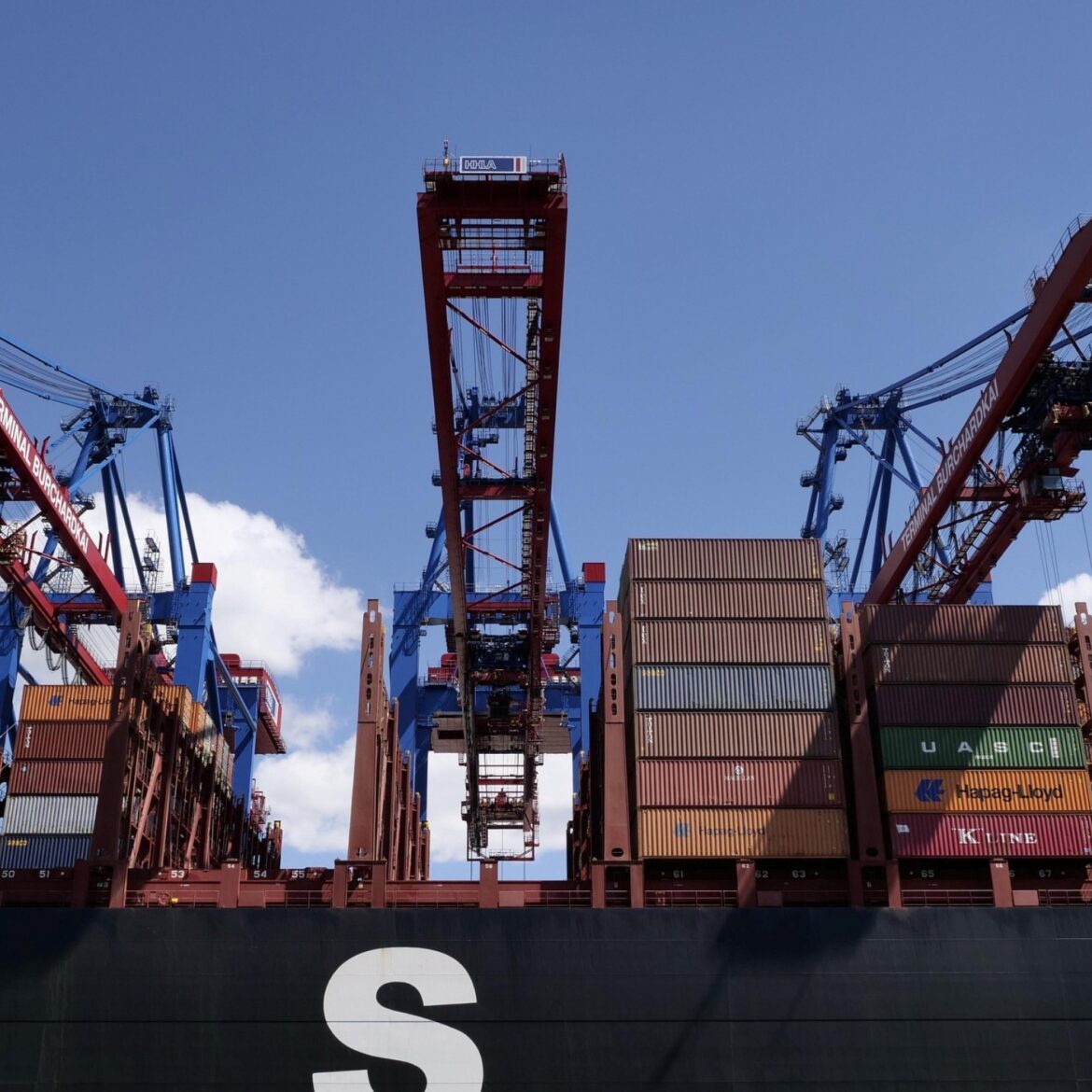Chattogram port has put a new tariff schedule into effect after the government published a gazette and this marks the first major rise in charges there in nearly forty years. The change raises the average fee by about 40 percent and affects 23 out of 52 service categories so a range of shipping and handling costs will be higher for now. One clear example is container handling where the fee for a 20-foot container moved from Tk11,849 to Tk16,243. For each import container the tariff rose by Tk5,720 and for each export container it rose by Tk3,045 while loading and unloading handling charges increased by about Tk3,000 per container. The rate for containerised cargo also moved from Tk1.28 per kg to Tk1.75 per kg and importers will see per kilogram tariffs change from Tk0.32 to Tk0.44. Port leaders say the extra money will help pay for better equipment, stronger systems and faster services, and they expect the move to bring more predictability and transparency to port operations over time. Trade groups and shipping agents raised real concerns during meetings and urged a modest rise of 10 to 15 percent saying larger jumps could squeeze firm margins and raise costs for buyers. Port officials say they heard these views but moved forward to meet long standing funding needs for maintenance, upgrades and future growth. The change gives port managers a clear chance to pair new fees with visible service gains. If the extra revenue is used to buy faster cranes, improve storage yards, speed up paperwork and build stronger online tracking, many businesses could gain from quicker unloading, lower delay times and less waste. To ease short term strain the port could offer phased rollouts, temporary rebates for exporters and help for small firms with bulk booking options. Businesses can also reduce impact by planning ahead, using digital tools to track shipments and by choosing slot times that lower waiting time. Long term, clearer fees together with steady investment may make the port more reliable and more attractive to shipping lines and buyers. That could help exports move faster and bring more jobs in logistics, repair and related services. Observers say success will depend on strong follow through, open dialogue with users and careful monitoring so fees match real service improvements. With clear plans for investment, simple support measures for traders and regular progress checks, the port’s tariff update can become a step toward faster, more modern trade that benefits operators, businesses and the wider economy. Local authorities can set up technical help teams to support traders with paperwork, training and digital setup and publish clear updates so everyone sees how revenue is used and what services improve.
Chattogram Port Raises Tariffs 40% to Fund Upgrades and Speed Trade
7


